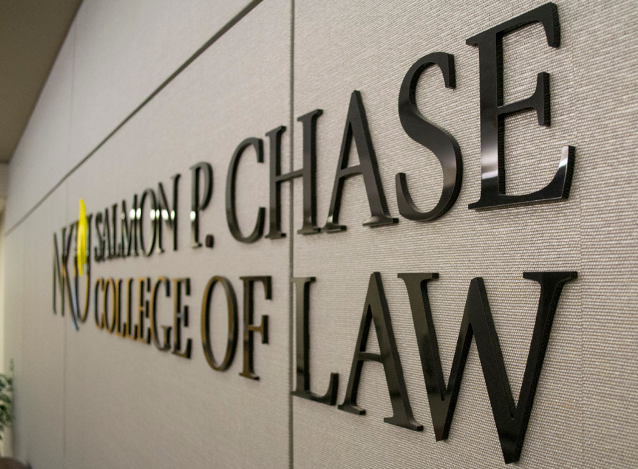Motorcycle riders in Missouri face unique challenges, especially when it comes to interactions with law enforcement. The question of whether Missouri has a no chase law for motorcycles is complex and layered. While there are specific guidelines that govern police pursuits, these laws vary from state to state and can depend on the situation at hand.
- Understanding the No Chase Law for Motorcycles
- Missouri’s Laws on Police Chases
- The Controversy Surrounding No Chase Laws
- Perspectives from Law Enforcement and Motorcycle Riders
- Alternatives to Chases: Technology and Training
- Case Studies of Incidents Involving Motorcycles and Police Chases in Missouri
- Staying Safe on the Road as a Motorcyclist in Missouri
The input from both law enforcement officers and motorcyclists sheds light on this issue. Safety concerns arise not just for those involved in a chase but also for innocent bystanders. The discussion around technology alternatives provides hope for safer roads, while training programs aim to educate both police forces and motorcycle riders about responsible behavior.
Understanding the No Chase Law for Motorcycles
The term “no chase law” often raises eyebrows among motorcyclists and drivers alike. Generally, it refers to policies that limit police pursuits under certain conditions. The aim is to reduce the risk of accidents during high-speed chases.
In many states, including Missouri, these laws can vary significantly. Typically, they apply when the danger posed by a pursuit outweighs its benefits. Factors like traffic density or weather may prompt officers to stand down rather than engage in a potentially reckless chase.
For motorcycle riders, understanding this legal framework becomes essential for navigating encounters with law enforcement. While some might assume that fleeing from police could lead to dire consequences, it’s crucial to know what protections and expectations are in place within your state’s laws regarding vehicle pursuits especially on two wheels where risks multiply quickly.
Missouri’s Laws on Police Chases
Missouri’s approach to police chases is shaped by various laws and regulations aimed at balancing public safety and law enforcement efficiency. Law enforcement agencies in the state have guidelines that dictate when officers may initiate a pursuit.
Typically, chases are permitted for serious offenses such as violent crimes or felonies. However, pursuits for minor infractions often come with significant risks to both pedestrians and other motorists.
Each department has its own policies governing high-speed pursuits. Factors like traffic conditions, weather, and the nature of the offense play crucial roles in decision-making during these situations.
Additionally, Missouri’s statutes require officers to assess whether continuing a chase is worth the potential danger it poses to innocent lives. This cautious approach highlights an ongoing consideration of community welfare amidst law enforcement strategies.
The Controversy Surrounding No Chase Laws
No chase laws have ignited heated debates across the United States. Advocates argue that these regulations prioritize public safety over high-speed pursuits, particularly involving motorcycles. They cite cases where chases resulted in accidents that endangered innocent bystanders.
On the flip side, critics express concern about the potential consequences of allowing criminals to escape without consequence. Many believe it could embolden reckless behavior on the roads, especially among motorcyclists seeking thrills.
The emotional toll is significant as well. Families affected by police chases often feel torn between wanting law enforcement to do their job and fearing for their loved ones’ safety during dangerous pursuits.
These conflicting views highlight a complex issue one that balances public security with individual rights and community welfare. The conversation continues as stakeholders weigh options available within this contentious framework of law enforcement practices.
Perspectives from Law Enforcement and Motorcycle Riders
Law enforcement officers often voice strong opinions about the no chase law. They argue that chasing a motorcycle can be extremely dangerous, not just for the rider but also for innocent bystanders. The unpredictability of motorcycle behavior during pursuits makes it challenging to ensure public safety.
On the other hand, many motorcycle riders feel frustrated by these laws. They believe that responsible riding should not lead to blanket restrictions on police pursuit. Riders argue they are often unfairly categorized as reckless based solely on their vehicle choice.
Both sides express concern about safety law enforcement prioritizes community protection, while motorcyclists advocate for their right to ride freely without unnecessary fear of high-speed chases. This ongoing dialogue reflects broader issues around accountability and risk management in high-stakes situations involving motorcycles and law enforcement.
Alternatives to Chases: Technology and Training
As motorcycle pursuits raise safety concerns, law enforcement is increasingly turning to advanced technology and training methods. Drones are becoming a common tool for tracking fleeing suspects from the sky. They offer real-time visuals without putting officers or civilians at risk.
GPS tracking devices on vehicles can also help. Law enforcement agencies can monitor a suspect’s location after an initial encounter, allowing them to plan an apprehension strategy without high-speed chases.
Training plays a critical role too. Officers are being educated on non-pursuit tactics that focus on public safety rather than speed. Emphasizing communication skills helps in de-escalating situations before they escalate into dangerous pursuits.
These alternatives reflect a shift towards safer policing practices while still aiming to uphold the law effectively. As technology advances, so do strategies for keeping both officers and motorcyclists safe on the roads.
Case Studies of Incidents Involving Motorcycles and Police Chases in Missouri
In Missouri, police chases involving motorcycles have made headlines. One notable incident occurred in St. Louis when a rider attempted to evade law enforcement during a routine traffic stop. The chase escalated quickly, resulting in dangerous maneuvers through busy intersections.
Another case took place in Kansas City, where the pursuit involved multiple officers and ended with the motorcyclist crashing into a parked car. Thankfully, no bystanders were injured, but it raised questions about safety protocols during high-speed pursuits.
There are also instances of successful interventions using technology. In some cases, GPS tracking devices helped authorities locate stolen motorcycles without initiating dangerous chases altogether.
These incidents highlight the ongoing debate surrounding police pursuits and their impact on public safety versus the rights of riders on the road. Each event serves as a reminder that every decision made during such scenarios carries significant consequences for everyone involved.
Staying Safe on the Road as a Motorcyclist in Missouri
Riding a motorcycle is thrilling, but safety must always come first. In Missouri, awareness of your surroundings can make all the difference. Always wear a DOT-approved helmet and protective gear to minimize injury risks.
Stay visible by using bright clothing and reflective materials. Motorists often overlook bikers; being noticeable helps prevent accidents.
Regularly check your motorcycle’s brakes, tires, and lights. A well-maintained bike is crucial for safe rides on Missouri’s winding roads.
Defensive riding techniques are essential too. Anticipate what other drivers might do and be prepared to react quickly.
Adjust your speed according to road conditions. Rain or gravel can create hazardous situations that require caution and control while riding.

